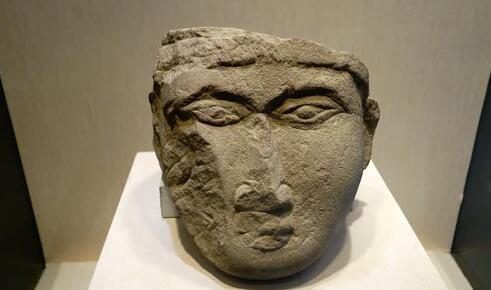Western Xia Mausoleums to apply for UNESCO World Heritage status in 2020
After seven years of preparation, the caretakers of the Western Xia Mausoleums in Northwest China are ready to apply for the mausoleums to receive UNESCO World Heritage status.
Located west of Yinchuan, the capital city of Northwest China's Ningxia Hui Autonomous Region, the Western Xia Mausoleums consist of nine imperial tombs for ancient emperors and more than 40 subordinate tombs located at the foot of the Helan Mountains.

A statue from the Western Xia Mausoleums Photo: IC
Spread out over more than 50 square kilometers, the Western Xia Mausoleums are the largest known imperial tomb complex in China.
The pyramid-shaped tombs are a synthesis of Han, Buddhist and Tangut art.
"No matter if you look at it from a historical, archeological, architectural or heritage conservation perspective, the Western Xia Mausoleums have played an important role in our history," Wang Changfeng, the deputy director of the management office for the mausoleums, told the Xinhua News Agency on Tuesday.
The Xixia (1038-1227), also known as the Tangut Empire, came to an end after it was conquered by the Mongols under the leadership of Genghis Khan.
To get ready for the application, more work will have to be done to take care of the surrounding buildings and farms around the tombs.
"After this year's peak tourist season, we are going to remove the modern buildings here to restore the historical appearance of this site," Wang noted.
At the end of 2015, more than 30 Chinese experts gathered in Ningxia to attend a seminar on the Western Xia Mausoleums. Discussing methods to preserve the tombs, the experts contributed a number of ideas that enabled the management office to protect the site.
"I think we have a good chance of being added to the World Heritage list in 2020," Wang noted.

